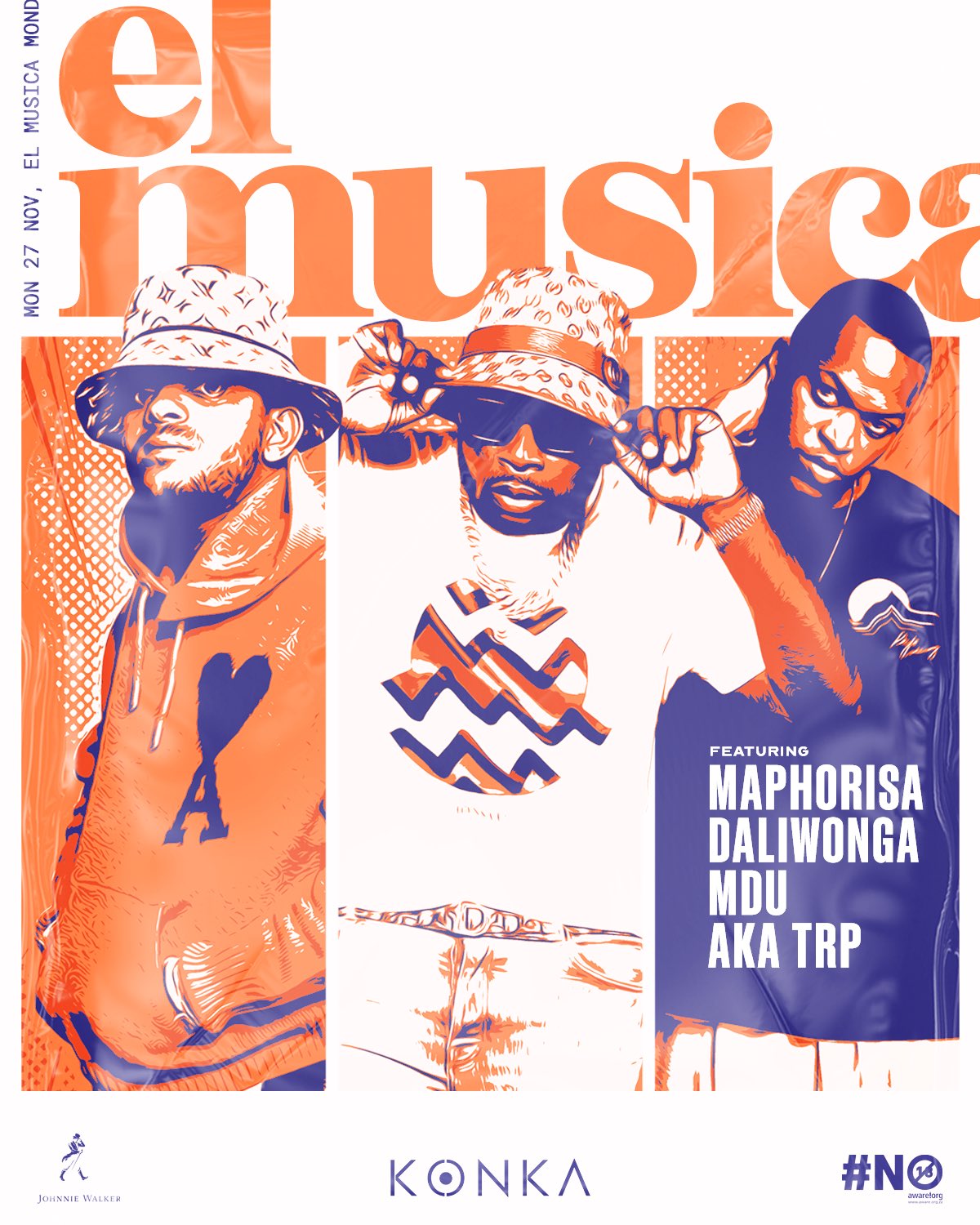Who is Portfolio Creative?
At Portfolio Creative, we believe that great design is more than just eye-catching visuals—it’s about telling your brand’s story in a way that inspires, informs, and captivates your audience. Whether you’re a business owner looking to elevate your brand or a new designer eager to learn, Portfolio Creative is here to help you achieve your goals.
What We Do
Portfolio Creative is a brand development, marketing, and design studio founded in 2014. Our purpose is simple: to bring your ideas to life and help you connect with your audience on a deeper level. From branding and advertising to design and print, we tailor strategies that meet the unique needs of each client.
We specialise in creating visual concepts that not only look good but also reflect the heart and soul of your business. By understanding your goals and vision, we can craft marketing solutions that set you apart from your competitors and deliver real results.





:max_bytes(150000):strip_icc():format(webp)/Term-Definitions_Target-market-49a03b58f6d54ddd88d46521f248fc8a.jpg)


















